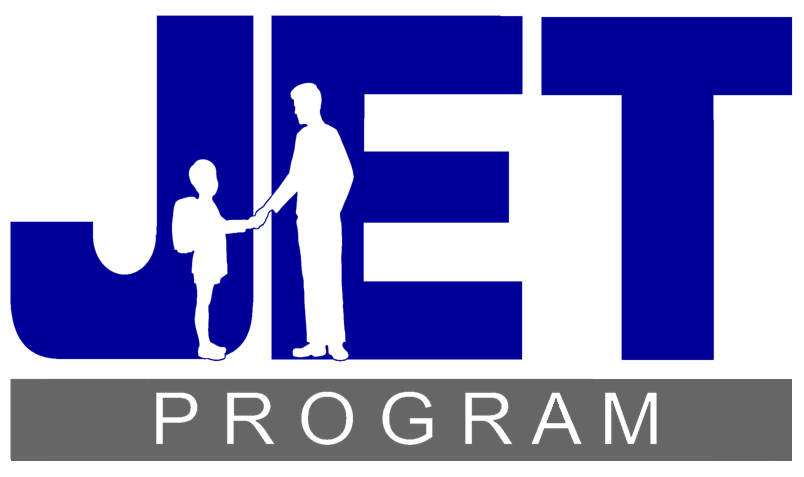
Now What?! 4 Intermediate Japanese Courses for Focused Learning Beyond the Basics
Getting stuck in the dreaded intermediate plateau doesn’t mean you can’t or won’t make the leap to the advanced level.
It just means that you might need some extra help and guidance.
Read on to discover five of the best Japanese intermediate courses to get you out of the middle and on the path to fluency.
Contents
- FluentU: Authentic Videos with Learning Tools
- JET Programme: Intermediate Prep for Life in Japan
- Nihongo Pro: Private Online Classes
- MLC Japanese Language School: In-person Intermediate Japanese Course
- How Can an Intermediate Japanese Course Benefit Me?
Download: This blog post is available as a convenient and portable PDF that you can take anywhere. Click here to get a copy. (Download)
FluentU: Authentic Videos with Learning Tools
Immersion is one of the fastest ways to move from the intermediate level to fluency. By surrounding yourself with authentic Japanese, you’ll absorb the language as it’s actually used by native speakers.
FluentU makes this type of immersion possible by adding learning tools to native Japanese videos. As you watch movie trailers, anime clips, funny commercials and toe-tapping music videos, you can interact with the subtitles. Hover over a word to see a quick meaning, or click on it for an in-depth definition, example videos with audio, an image and other FluentU videos where you can hear the word in use.
Videos are organized by topic, type and skill level, so you can hand-pick videos at the low or high intermediate level that you’ll find engaging or relevant.
FluentU has a number of other features that make it possible to learn from authentic content at the intermediate level: you can add words to your flashcard decks, use adaptive exercises help you memorize new words for good, toggle kanji, furigana, romaji and English subtitles on or off and read full transcripts of any video.
FluentU is both a browser-based program and an iOS / Android app, so you can learn from anywhere.
JET Programme: Intermediate Prep for Life in Japan
This intermediate online course from JET Programme is designed specifically for Japanese post-beginner learners who wish to live and work in Japan.
JET Programme offers beginner, intermediate and advanced courses. You’re ready for this intermediate course if you can hold a basic spoken conversation in Japanese and write brief sentences in kanji. In order to take this course, you’ll need to pass a placement test provided by JET Programme.
The Course Guide Book provides all details covering course registration deadlines and contact info is provided for any additional questions.
Plus, there’s no fee or tuition for this course. What’s not to love?
Nihongo Pro: Private Online Classes
Nihongo Pro’s intermediate courses are ideal for those who want to learn from home, but also want the benefit of learning from a live teacher. It’s like getting all the benefits of the classroom without, well, the classroom.
Private online lessons cost $25 per 50-minute lesson and are custom tailored to your needs. Whether you’re just coming out of the newbie phase or are an intermediate learner not quite ready to take on advanced lessons, the instructors at Nihongo Pro can help you create a course that’s ideal for you.
You also earn points for every lesson you take, which can then be exchanged for free lessons. You can even interact with other students in Nihongo Pro’s live video chat room. Quizzes are also free and a great way to practice outside of lesson time.
There are also a ton of different teachers to choose from and a very diverse lesson schedule available so you can learn intermediate Japanese on your own time.
MLC Japanese Language School: In-person Intermediate Japanese Course
If you’re already living in or visiting Japan, particularly 東京都 (とうきょう と) — Tokyo, then MLC’s offline intermediate course could be worth checking out.
This course has ultra-tiny classroom sizes at a maximum of four students per teacher. In order to take this course, you’ll need to have a grasp of everyday Japanese phrases. You’ll also need to know over 300 kanji to participate (MLC provides an online Kanji Level Check for you to test yourself).
The focus of this course is on verbal Japanese conversation as well as broadening your proficiency in kanji. You can expect to learn anywhere from 500 to 1,000 new characters.
If you struggle with reading long chunks of Japanese text or haven’t mastered smooth verbal conversation, this course is perfect for you.
There’s no registration fee, but you’ll need to purchase your textbook outside of tuition and each lesson costs 3,880 yen (approx. 35 USD) for 90 minutes. Unfortunately, the course schedule is fixed, so you may have to work around your own schedule to take MLC’s intermediate course.
How Can an Intermediate Japanese Course Benefit Me?
To be clear, an intermediate learner is someone who’s gained a solid understanding of Japanese foundational grammar and can understand a decent number of phrases and vocabulary words that would be heard in daily Japanese life. You may find yourself wanting to improve your Japanese listening skills and broaden your ability to read and write kanji and hiragana.
Here’s how a language course designed for your level can be especially beneficial:
- Taking a course tailored for intermediate learners can help you get past the “post-beginner” plateau. We’ve all been there. Once a non-native speaker gets past the newbie hump, they may find themselves stuck in this weird area between baby Japanese and way too difficult Japanese. While it’s possible to “teach yourself” out of this plateau, having some structured guidance will make it a lot easier and faster.
- It’s easier to practice when you have a plan. Courses like the ones below provide you with study materials that cater to your level, and often have a set or recommended schedule to follow. So you won’t be wasting precious time coming up with a study plan yourself or sifting through materials that don’t suit your level. You can get straight to learning in a focused way that moves you toward fluency.
- All of the courses we’ll be mentioning have rave reviews, so you know you’re investing in a course that works. There are probably about a million advertised intermediate Japanese courses online. We’ll save you the effort and help you find five of the best places to look.
Learning a language isn’t a quick and finite process. If you really love the Japanese language or plan on living in the country someday, learning the language will be a forever process. You don’t have to stay stuck as an intermediate learner. These fantastic courses will have you on your way to a more fulfilling and challenging level of fluency.
Download: This blog post is available as a convenient and portable PDF that you can take anywhere. Click here to get a copy. (Download)
Emily Casalena is a published author, freelance writer and music columnist. She writes about a lot of stuff, from music to films to language.






